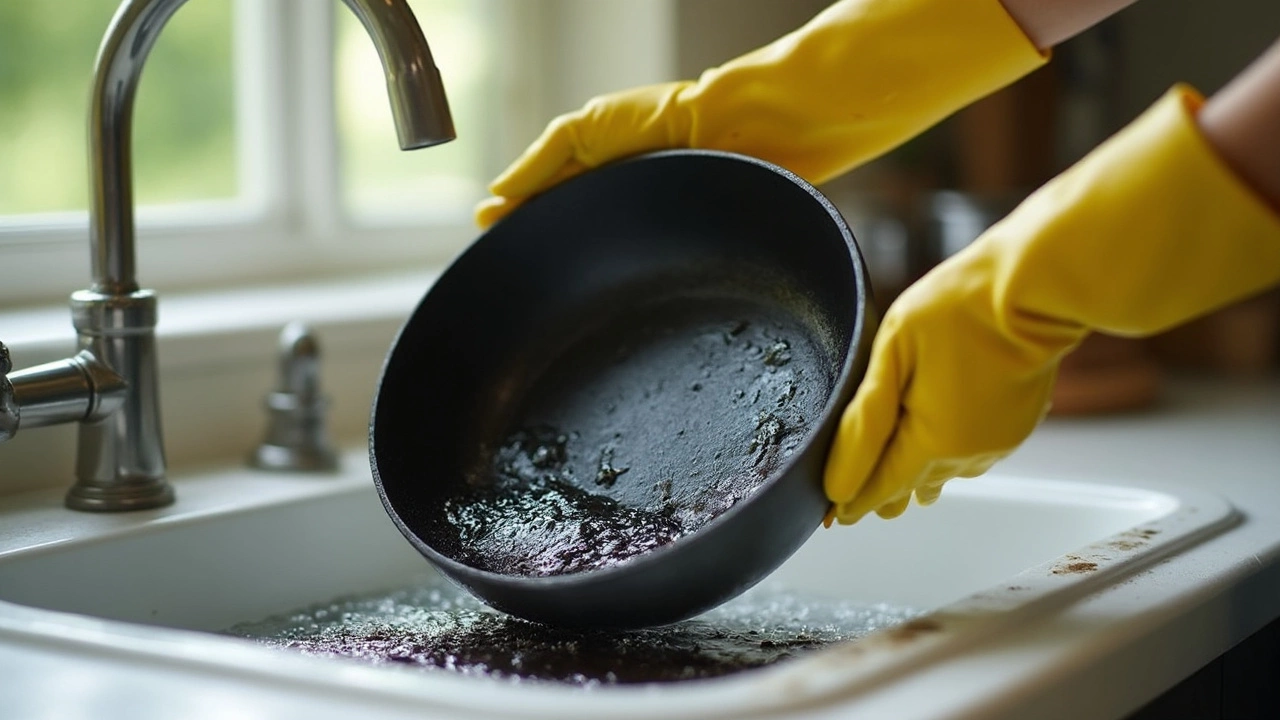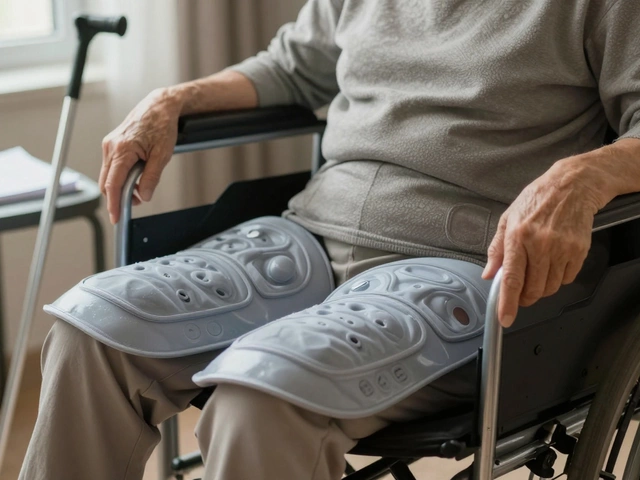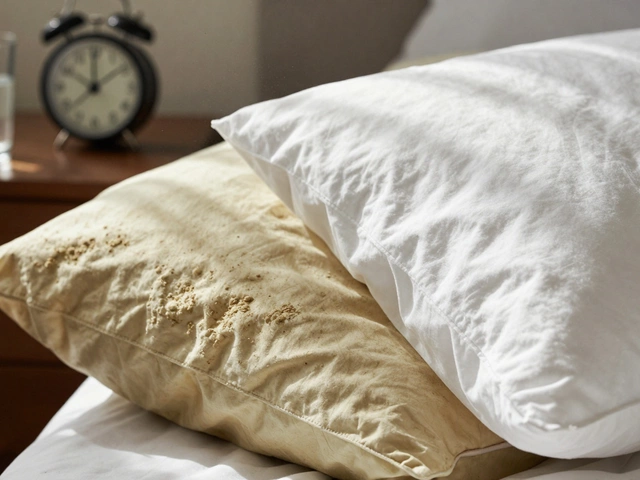Kitchenware Tips: Everyday Hacks for Smarter Cooking
Ever feel stuck choosing a pan or cleaning a gadget? You’re not alone. The right kitchenware can cut prep time, improve flavor, and keep your space tidy. Below are simple tips you can start using today to get the most out of every spoon, pot, and knife.
Choosing the Right Cookware
First thing – know the material. Stainless steel is great for browning and doesn’t react with food, but it heats slowly. If you need fast, even heat, look for copper‑bottom or aluminum‑core pans. Non‑stick coatings are handy for eggs, yet they can wear out. Pick a durable brand and avoid metal utensils to extend the life.
Size matters too. A 10‑inch skillet covers most tasks: sautéing veggies, searing fish, or making a quick stir‑fry. For sauces, a medium saucepan (2‑3 quarts) is perfect. Buying a set that mixes sizes saves space and money, but don’t grab more than you’ll actually use.
Handles should feel solid and stay cool. Test the grip before you buy – a loose handle can be dangerous. Also, check if the lid fits snugly; a good seal locks in flavor and heat.
Keeping Your Kitchenware in Top Shape
Cleaning doesn’t have to be a chore. For stainless steel, a soft sponge and warm water remove most residue. Avoid harsh abrasives that scratch the surface. Cast iron needs a quick wipe and a light coat of oil after each use to prevent rust.
Non‑stick pans deserve gentler care. Let them cool before washing, then use a non‑abrasive sponge. If stubborn food sticks, fill the pan with warm water, add a splash of dish soap, and let it sit for a few minutes – the grime lifts away easily.
Utensil storage can save drawer space. Hang wooden spoons on a wall rack or strap them together with a magnetic strip. Keep metal tools in a separate drawer to avoid scratching non‑stick surfaces.
When you’re short on space, think vertical. Stack pots inside each other with a cloth between layers to protect finishes. Use pot lids as extra shelf dividers for spices or small containers.
Finally, inspect your gear regularly. A chipped knife is unsafe, and a warped pan won’t heat evenly. Replace items early to keep cooking safe and enjoyable.
Apply these tips, and you’ll notice faster prep, cleaner dishes, and a kitchen that feels less cluttered. Small changes add up, making your cooking experience smoother without breaking the bank.

Black Stuff on Pan Bottoms: What It Is and How to Deal With It
Ever turn over a pan and find a stubborn black layer clinging to the bottom? This isn't just burnt food—it's a mix of carbonized grease, oils, and sometimes even chemical reactions from cooking. That black stuff can mess with your food flavor and even shorten the life of your cookware if ignored. This article breaks down what causes it, how it builds up, and most importantly, how to get rid of it. Say goodbye to scrubbing frustration and hello to pans that last longer.
Categories
- Storage (27)
- Bathroom (18)
- Sofas (15)
- Curtains (15)
- Home Decor (12)
- Bedding (11)
- Kitchenware (11)
- Cushions (11)
- Mirrors (10)
- Rugs (9)



